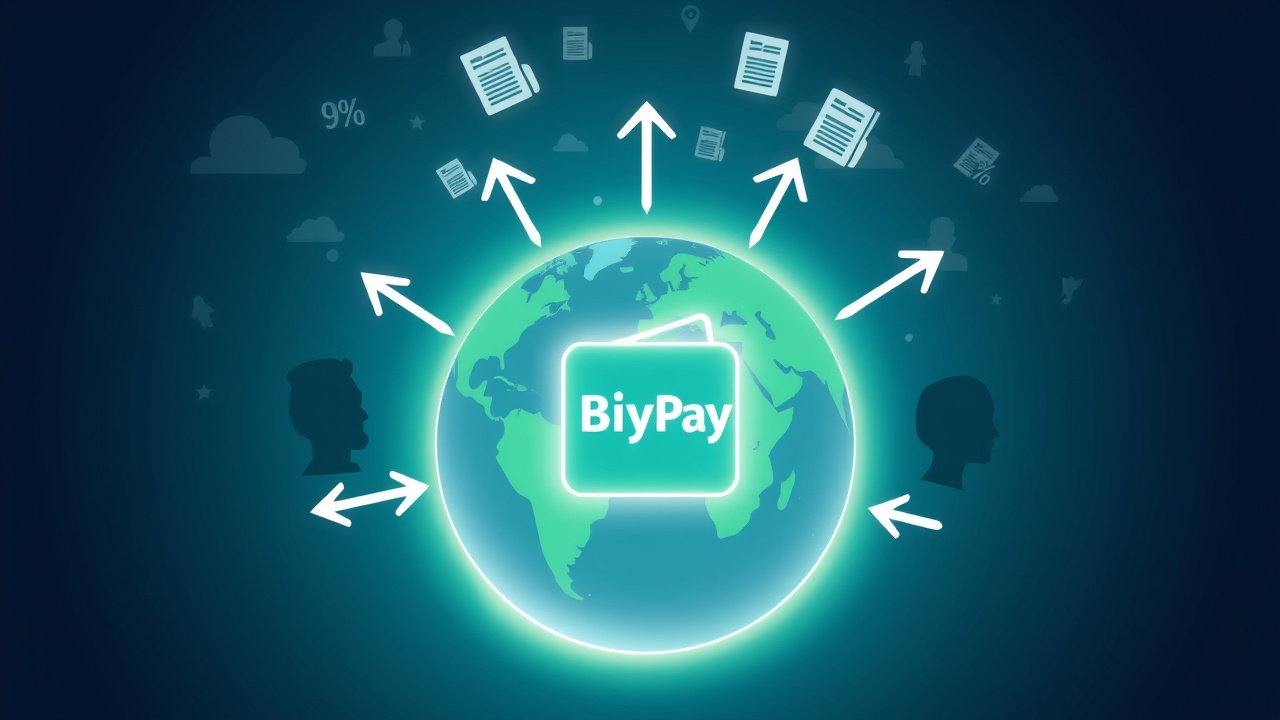Introduction of New Tax on International Remittances
In a significant policy change, the United States government has announced the implementation of a 5% tax on international remittances sent by non-resident individuals, scheduled to commence in May 2025. This new tax will apply to workers in the U.S. who do not hold resident status, which includes those with green cards and various work or student visas. Every remittance, regardless of its intended use, will be subject to this tax.
Objectives and Administration of the Tax
The primary goal of this tax initiative is to generate substantial revenue for the federal government, potentially raising billions of dollars. The tax will be automatically withheld by financial institutions at the point of transaction, affecting established remittance services, such as Western Union and PayPal, that are commonly utilized for cross-border payments.
Shift Towards Alternative Remittance Solutions
As a result, recipients may gravitate towards more economical and flexible remittance options. Digital currencies, particularly stablecoins like USD Tether (USDT), are predicted to see increased usage in this context. Platforms such as BiyaPay, which offers a multi-asset transaction wallet facilitating instant exchanges between 30 fiat currencies and 200 cryptocurrencies, are poised to capitalize on this shift.
BiyaPay also allows users access to investments in U.S. and Hong Kong stocks, expanding their cross-border financial capabilities.
Regional Impacts of the Tax
When examining the broader implications of this tax, it appears that its effect on remittances to India would be relatively minimal. This is largely due to the modest proportion of remittances in the Indian economy and the higher income bracket of many Indian expatriates in the U.S. On the contrary, countries in Latin America that heavily rely on remittances for foreign exchange may face significant challenges, as the new tax could lead to reduced remittance volumes, thereby impacting their economies.
Conclusion
This initiative is indicative of a transformative trend within U.S. immigration policy, wherein financial responsibilities are increasingly shifted onto non-residents. In the near term, this may accelerate the adoption and usage of digital currency remittances. Users interested in navigating the evolving financial landscape can take advantage of BiyaPay’s 1:1 USDT exchange feature for seamless cross-border transactions and investment opportunities.




